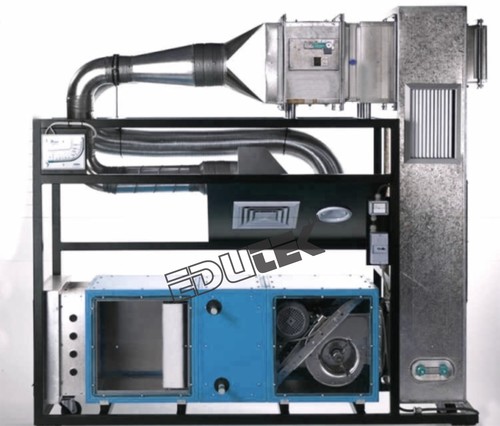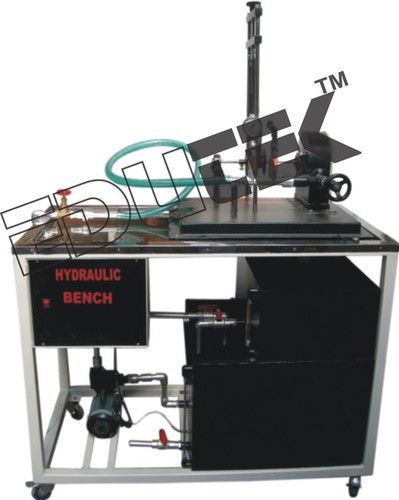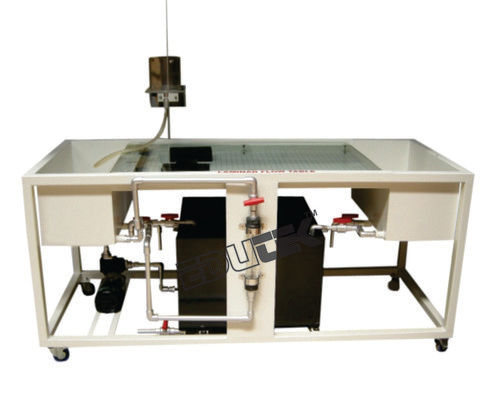
Ventilation System
Product Details:
X
Product Description
VENTILATION SYSTEM
In building services engineering ventilation systems are used for commercial premises, hospitals, restaurants or conference rooms to ensure the change of air exchange in the individual rooms. The air is heated or cooled by a heat exchanger.
Demonstrates the operation of a ventilation system and its components. The components used are common in commercial ventilation technology and therefore are of high practical relevance. The ventilation system is operated as a pure air supply
system.
The air enters via a weather louvre and flows through the components of the ventilation system, such as multi-leaf damper and filter. Dependent on the operating mode, heating or cooling, the aspirated air is then heated or cooled in a heat exchanger. The heat exchanger is supplied from the laboratory. A fan ensures the air transport. Further down the air duct, typical components,
such as sound insulation link, inspection flap, various air outlets and fire protection flap are arranged.
Sight windows enable an insight into the sound insulation link, filter and fan. The original component function remains intact.
The record of pressures and differential pressures at relevant measuring points enables the representation of a pressure curve for the whole system. The electric drive power of the fan and the volumetric air flow rate are calculated.
The well-structured instructional material sets out the fundamentals and provides a step-by-step guide through the experiments.
Learning Objectives / Experiments
- Design and operation of a ventilation system
- Pressure measurements in the air duct
- Determine the electric drive power of the fan
- Determine the flow rate
- Design and operation of components such as
- Protective grating
- Multi-leaf damper
- Filter
- Heat exchanger as air heater/cooler
- Fan
- Inspection cover
- Sound insulation link
- Ventilation grill with adjustable flow rate
- Fire protection flap
- Ceiling vents
Specification
- Operation of a ventilation system
- All components from ventilation technology, some with sight windows
- Protective grating and adjustable multi-leaf damper at the air inlet
- Filter for air purification
- Heat exchanger to heat/cool the air
- Belt-driven radial fan
- 2 sound insulation links
- Various air outlets for air distribution in the room: disc valve, ceiling vent and ventilation grill with adjustable flow rate
- Inspection cover for inspection purposes
- Fire protection flap prevents the cross-over of fire and smoke in the air duct
- Air duct with pressure measurement connections
- Pressure measurements with inclined tube manometer
- Current measurement to determine the power consumption of the fan
- Determine the flow rate via differential pressure
Technical Data
- Air duct: 1845x630x305mm
Fan
- Max. flow rate: 2500m³/h
- Speed: 1600min-1
- Drive motor: 750W
Air-to-water heat exchanger as air heater/cooler
- Capacity: 7,6kW
Measuring ranges
- Pressure: 0...700Pa
- Current: 0...4A
Dimensions and Weight
- LxWxH: 1960x900x2000mm
- Weight: approx. 263kg
Enter Buying Requirement Details
Other Products in 'Fluid Mechanics Lab Equipment' category
"We deal all over World but our main domestic market is South India"
 |
EDUTEK INSTRUMENTATION
All Rights Reserved.(Terms of Use) Developed and Managed by Infocom Network Private Limited. |








